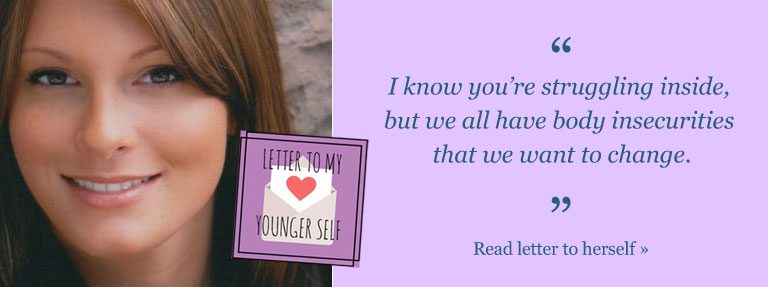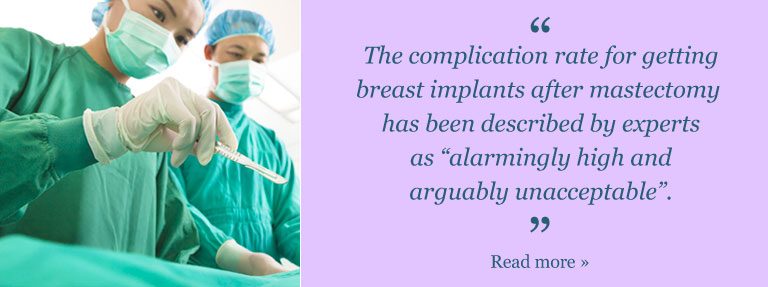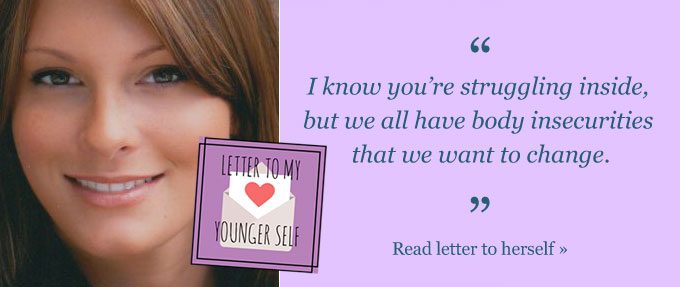Diana Zuckerman, PhD, and Megan Polanin, PhD, National Center for Health Research, Our Bodies Ourselves: June 15, 2017
When Angelina Jolie publicly announced her double mastectomy four years ago, she was praised for possibly saving many women’s lives. But we know more today than we did then and experts now agree that too many women are undergoing unnecessary mastectomies – even some women with the “breast cancer genes.” You’ll be surprised by what we’ve learned.
A 2007 review of 10 studies found that the risk of getting breast cancer for an average woman with BRCA1 is 57%. The risk is 49% for a woman with BRCA2. Although frightening, this is far from the inevitable breast cancer diagnosis that many women expect. And, keep in mind that the lifetime risk of breast cancer is very different from the risk of getting breast cancer in the next 10 years or even 20 years. According to experts, a 40-year-old woman with the BRCA1 gene has a 14% chance of getting breast cancer before she turns 50. We’re willing to bet that is a much lower risk than most women assume. With regular screening and all the progress in breast cancer treatments, the survival rate from breast cancer is higher than ever. Many breast cancer patients live long and healthy lives.
Most women are diagnosed with breast cancer at early stages, making it safe to undergo a lumpectomy (which removes just the cancer) rather than a mastectomy (which removes the entire breast). Yet American women are undergoing mastectomies at a higher rate than women in other countries, including prophylactic mastectomies. Breast cancer experts believe that many women undergoing mastectomies do not need them and are getting them out of fear,  not because of the actual risks.
not because of the actual risks.
For many years, experts have known that women who undergo mastectomies for the non-invasive condition called ductal carcinoma in situ (DCIS) or for early-stage breast cancer do not live longer than women undergoing lumpectomies. However, the latest research goes a step further: A 2016 study of more than 37,000 women with early-stage breast cancer found that the women undergoing lumpectomies were more likely to be alive 10 years later than women with the same diagnosis who underwent a single or bilateral (double) mastectomy. They were also less likely to have died of breast cancer. In 2016, Harvard cancer surgeon Dr. Mehra Golshan reported that of almost half a million women with breast cancer in one breast, those undergoing double mastectomies did not live longer than women undergoing a mastectomy in only one breast. These are just the latest studies – for more information about the years of consistent evidence that less radical surgery is better, see this article.
And yet, an increasing number of U.S. women with early-stage breast cancer are choosing to have both their breasts removed “just to be safe.” A 2015 study conducted by researchers at Vanderbilt University reported that, for women diagnosed with early-stage breast cancer in one breast, the rates of double mastectomy increased from 2% to 11% from 1998 to 2011. Researchers found that decisions to have a double mastectomy increased more for two groups of women: 1) Women with ductal carcinoma in situ (DCIS) where there are abnormal cells inside a milk duct in the breast that won’t spread and aren’t dangerous unless breast cancer develops later; and 2) Women with cancer only in one breast that has not spread to the lymph nodes. This year, researchers from Emory University reported that the percentage of women over 45 getting double mastectomies for early-stage breast cancer in one breast increased from 4% to 10% in less than a decade. For women ages 20-44, the percentage tripled from 11% to 33%. To some extent, geography was destiny: in five Midwestern states (Nebraska, Missouri, Colorado, Iowa, and South Dakota), 42% of the women who got surgery had a double mastectomy.
The bottom line is that women with DCIS or early-stage breast cancer have more effective and less radical treatment options than mastectomy. Even women with BRCA1 or BRCA2 may never develop breast cancer, and if they do, they may not need a mastectomy. We need to stop thinking of mastectomy as the “brave” choice and understand that the risks and benefits of mastectomy are different for every woman with cancer or the risk of cancer. In breast cancer, any reasonable treatment choice is the brave choice.
So, the good news for women newly diagnosed with cancer is that mastectomies are not the best choice for most women if they want to live longer. Women should be aware of treatment choices for breast cancer and encouraged to make decisions based on their own unique situations. For each woman, it is important to weigh her own risk of cancer — in the next few years, and not just over her lifetime – and the risks of various treatments. Each woman should make the decision that is best for her, based on information, not on fear.
Read the original article here.
















